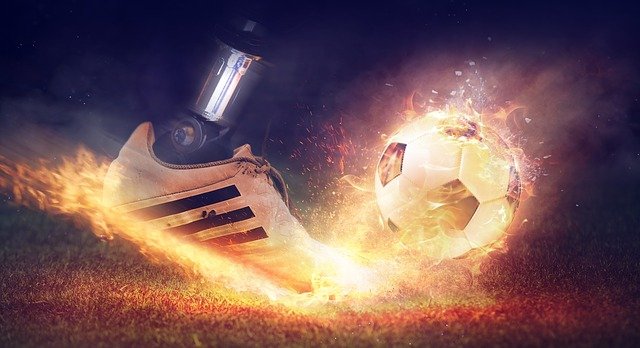A pioneering new partnership between the University of Strathclyde and Chest Heart and Stroke Scotland (CHSS) is bidding to ‘kickstart a revolution in stroke care’.
Academics at the University’s world leading Department of Biomedical Engineering are working with the charity to integrate cutting-edge research in areas like robotics and computer gaming technology with CHSS’s Hospital to Home services. They aim to ensure a smooth transition for stroke patients discharged from hospital.
The partnership – in its first phase of development – is the first of its kind in Scotland for stroke.
Over the next 12 months it will integrate the work of Strathclyde engineers at the University’s Sir Jules Thorn Centre for Co-creation of Rehabilitation Technology and the Hospital to Home stroke services.
Artificial intelligence
The centre uses artificial intelligence and machine learned methods used in computer gaming to produce tailored exercise programmes for stroke survivors that encourage and support people in their own rehabilitation.
In the first phase, the work of the partnership is open to people in the West of Scotland, who will be given opportunities to take part in cutting edge recovery research and transform wraparound recovery support.
The technology will then be developed using the insight generated from stroke survivors going through the centre, with the programmes generated made available in community settings across the country.
Stroke survivors
The first cohort of stroke survivors are already going through the programme, and it’s hoped that through fundraising, the numbers will increase significantly over the next year.
Dr Andy Kerr, from Biomedical Engineering at University of Strathclyde said: “We are delighted to have Chest Heart & Stroke Scotland as a partner in our bid to revolutionise rehabilitation.
Our determination is to develop technology that not only helps recovery but can also be used, easily, at home and in the local community, for example leisure centres. We consider this to be a key factor in improving access to rehabilitation technology.
“Our pilot has gone very well at the Sir Jules Thorn Centre for Co-creation of Rehabilitation technology, and we are well placed, with the support of CHSS, to scale up our efforts in the new year.”
Stroke affects more than 9,000 people a year in Scotland and is the most common cause of severe physical disability among adults. Hospital care for these patients accounts for seven percent of all NHS beds and five per cent of the entire Scottish NHS budget. The work from the partnership aims to improve rehabilitation which has been proven to aid recovery, improve people’s lives and reduce pressures on the NHS.
On World Stroke Day, CHSS has set up a ‘Stroke Care Revolution Fund’ to help fund the venture, They are looking to initially raise £160,000 to support the work of the centre and help 450 stroke survivors access the services through the partnership over the next 12 months.
Jane-Claire Judson, Chief Executive of Chest Heart & Stroke Scotland said: “Every day in Scotland 25 people’s lives are changed forever by stroke. In an instant, the things we all take for granted can be taken away like the ability to walk or talk.
“Rehabilitation is a lifeline that helps stroke survivors get their lives back. But cutting-edge rehabilitation technology and support is out of reach of most people in Scotland. This partnership will change that. It will kick start a revolution in stroke care in Scotland that will transform care for survivors and reduce pressures on our NHS.”
Stroke rehabilitation
Linda Hanlin, is one of the first to use the pioneering stroke rehabilitation unit at the University. The 62-year-old suffered a stroke in January 2014 and has mobility issues on her left side.
The retired mum of two grown-up children, went through physiotherapy, but, almost eight years on, she still has trouble gripping with her left hand and has to walk with a stick.
Twice a week since the start of September, she has been going through her paces in a series of technological tests and exercises designed to retrain her limbs at the centre.
Linda said: “My balance isn’t great, and I walk with a stick. I’ve been using the treadmill with a harness that shows you how you are working and encourages you to use your feet more evenly. My balance has definitely improved by using the treadmill.
“I love the sessions, even though they go so quickly.”
